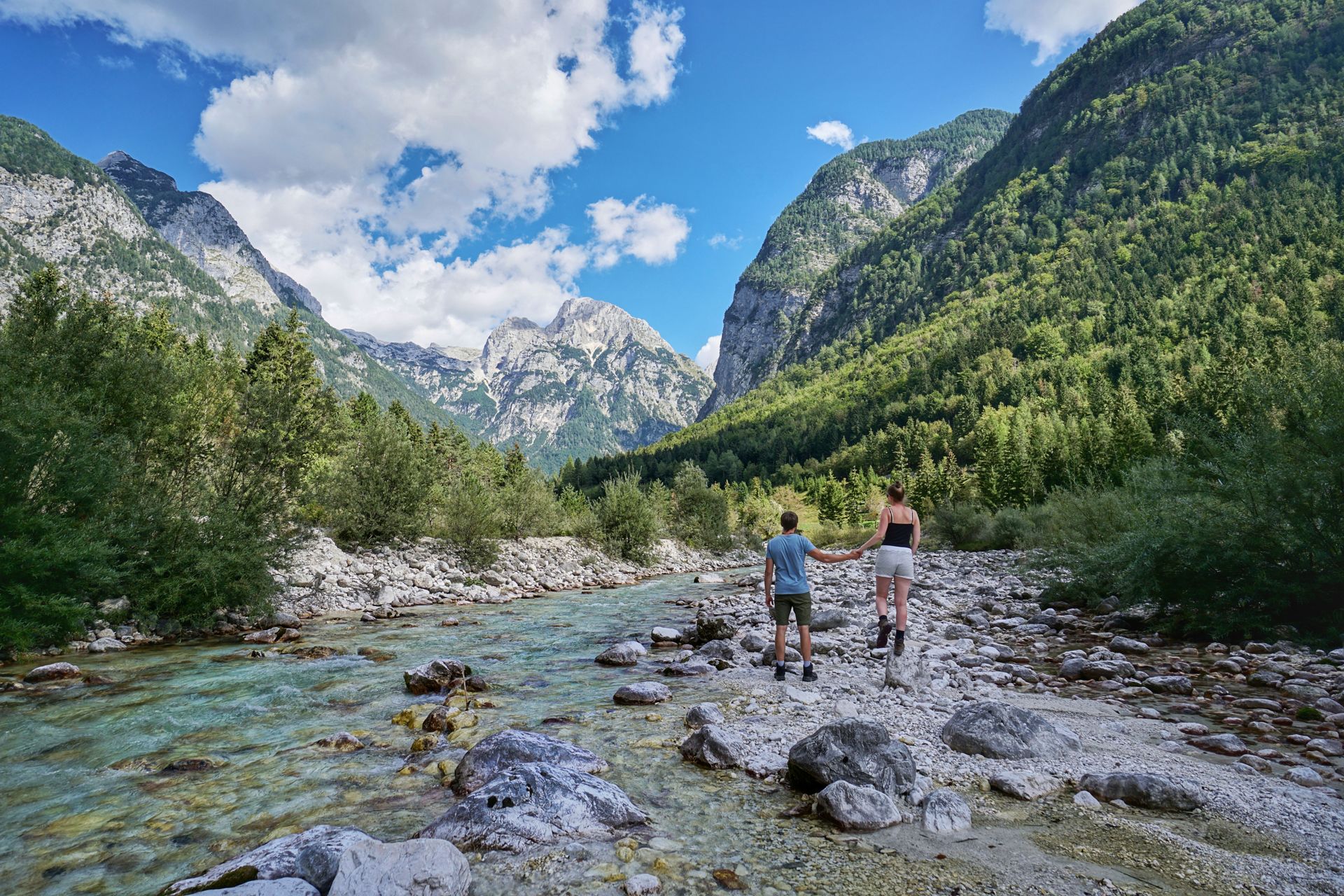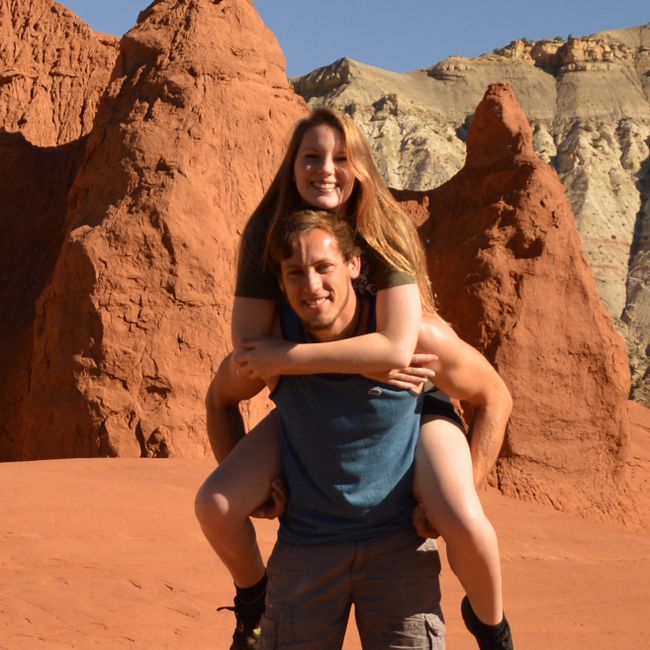Second Stop: Peru, Part 2: Roadtrip to Arequipa
Publicado: 17.11.2018

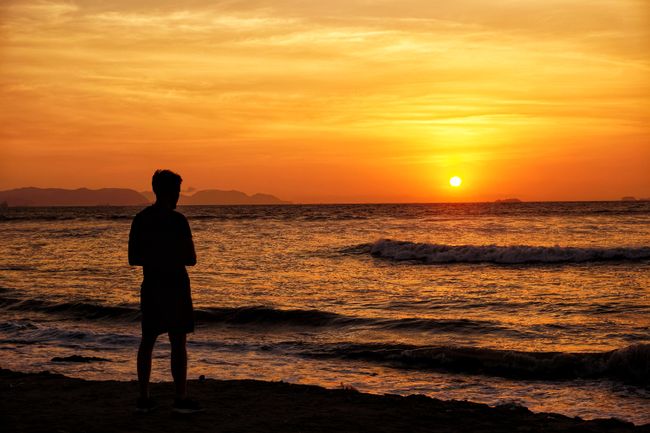
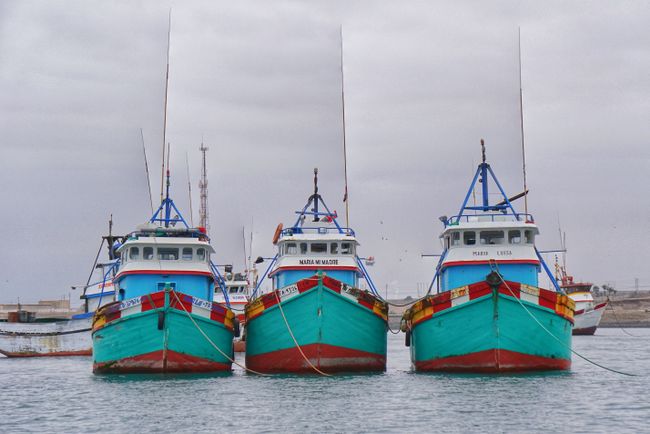
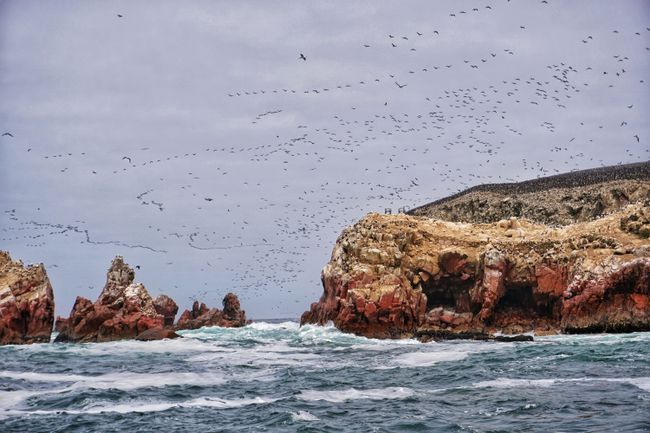
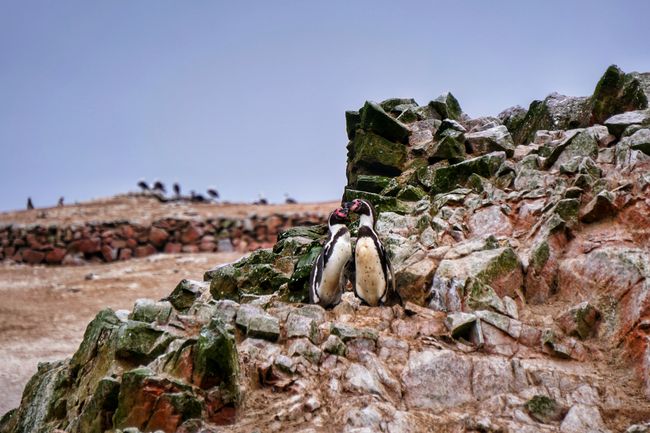
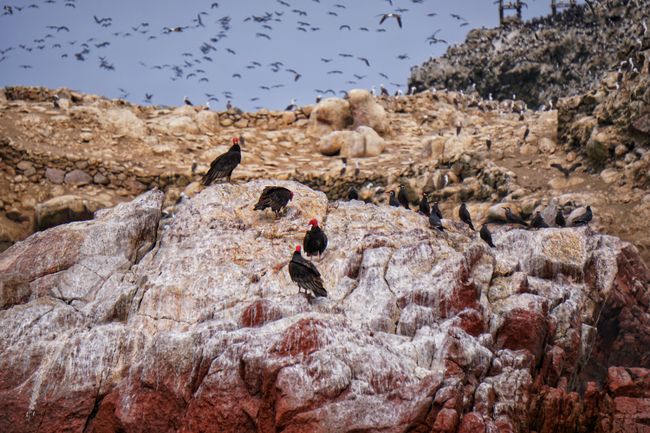
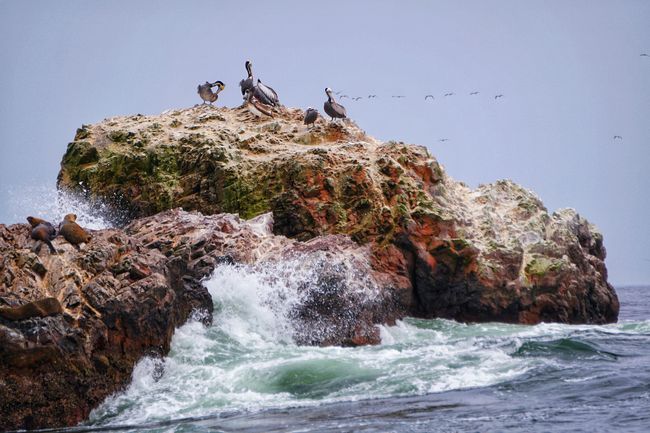
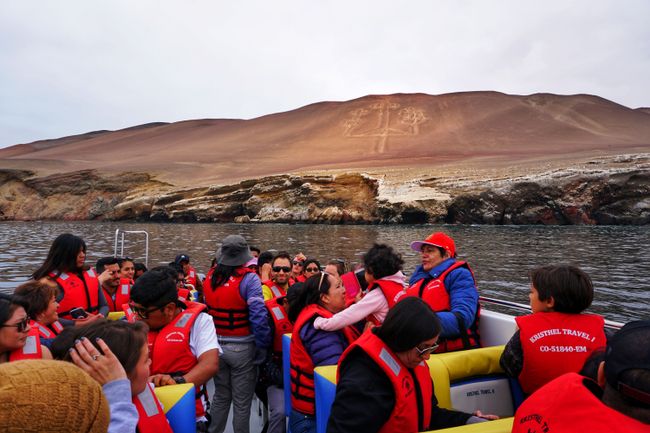
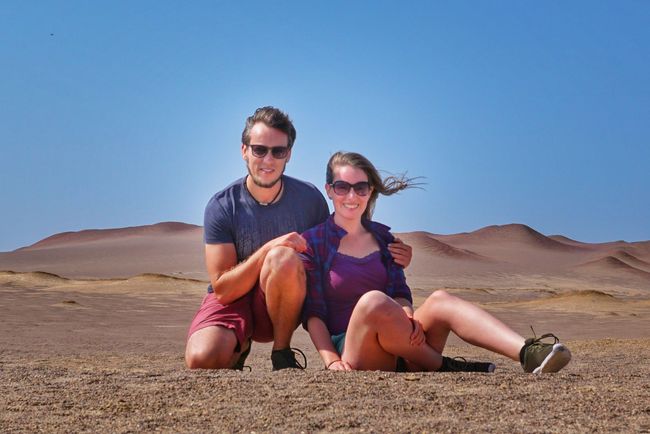
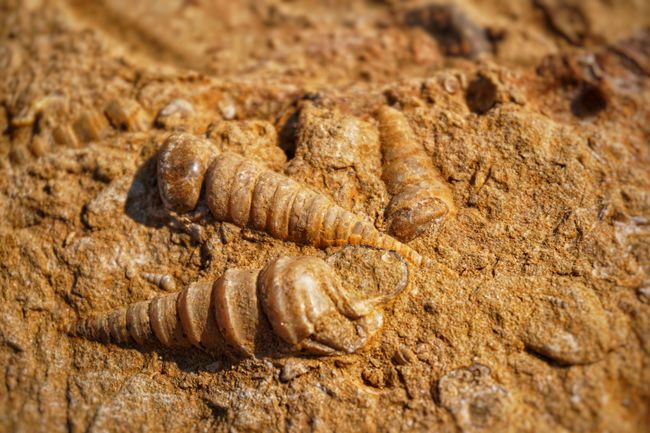
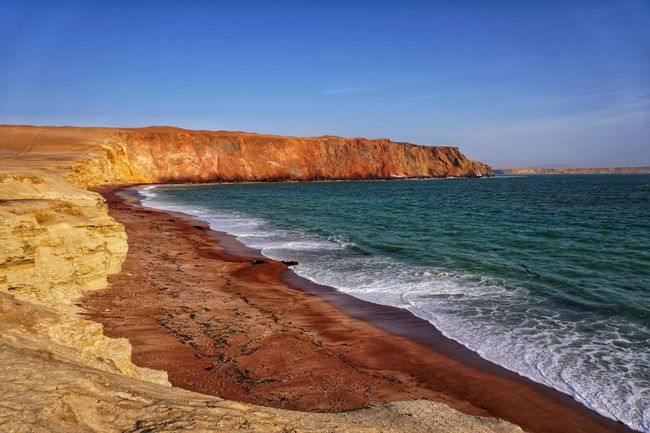
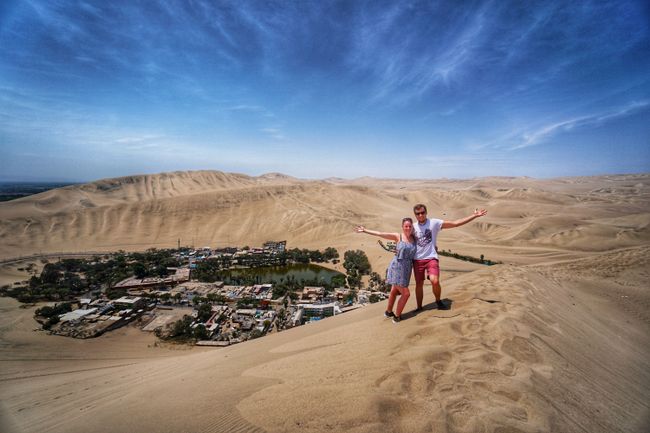
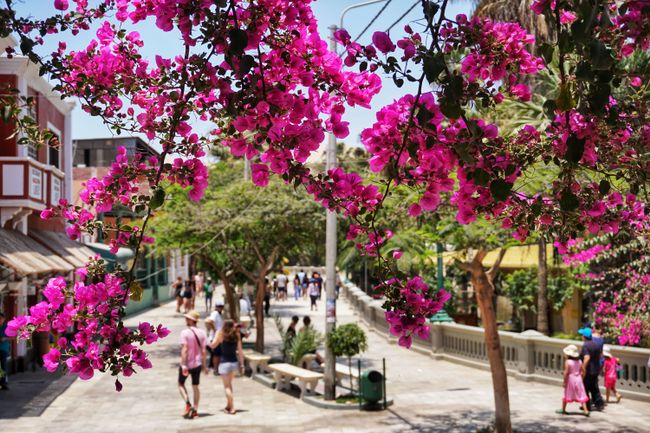
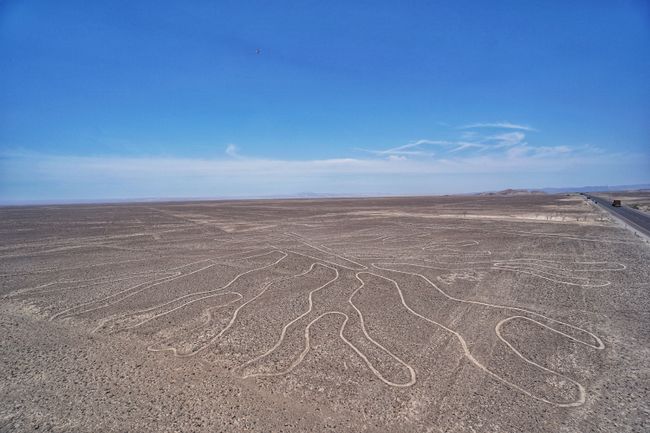
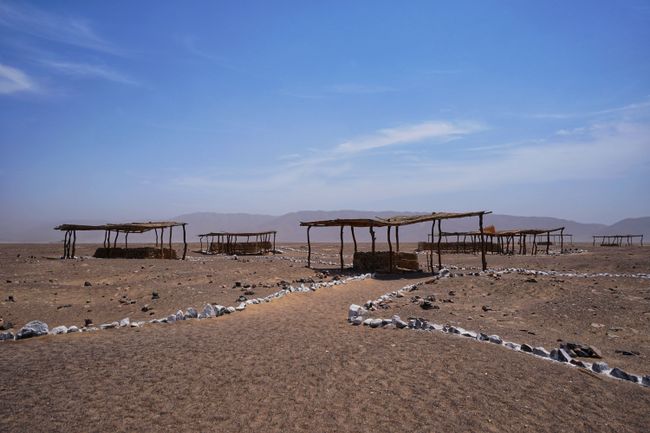
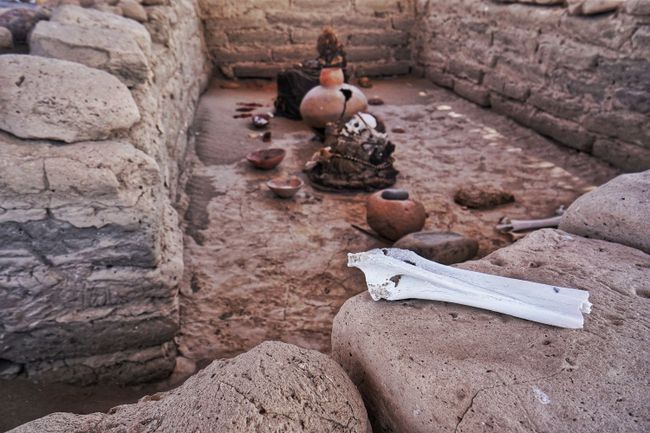
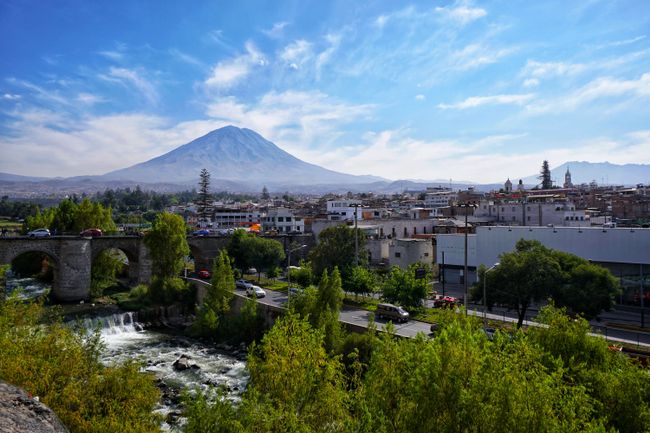
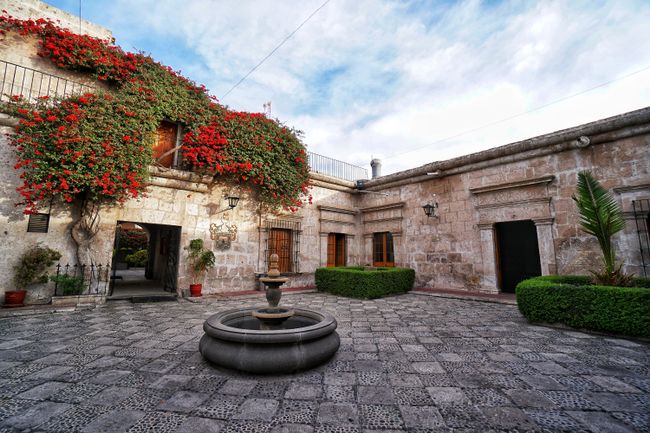
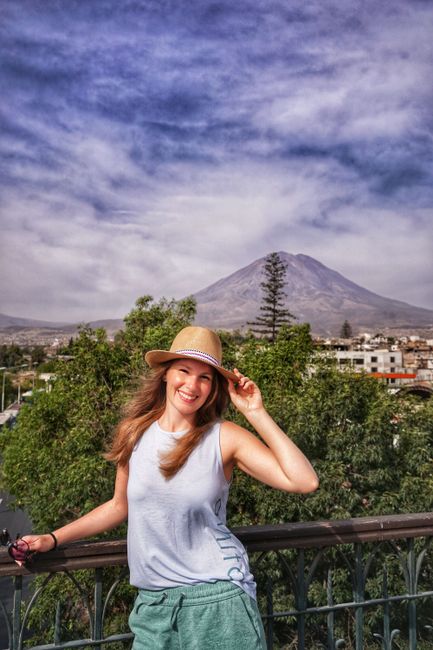
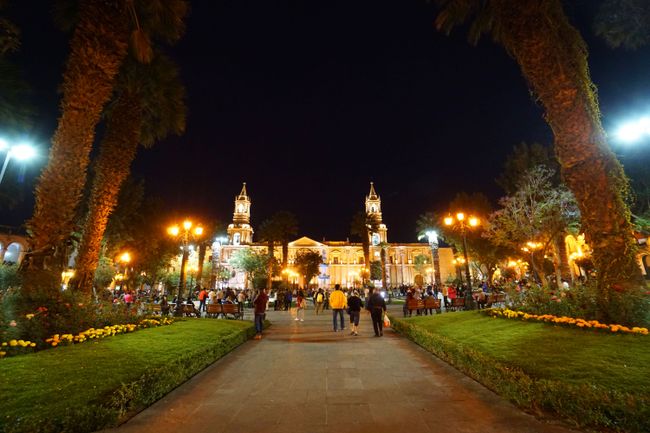
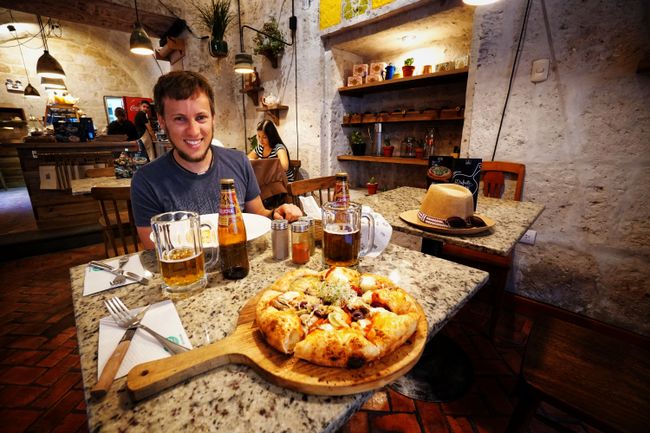
Subscríbete ao Newsletter
If you take the usual route from Lima through the south to Arequipa and finally back north to Cusco, Peru can probably be compared to the structure of an essay: the weakest arguments are mentioned first, while the all-debunking main argument comes last. At least for now, this comparison seems very fitting to us, because the arrival in Lima was, as already mentioned, not great. However, our journey south in our now absolutely stable and safe Toyota Etios (this model is probably only produced for 'emerging markets') took us to more and more beautiful and unusual places.
First, we drove on the Pan-American Highway to Pisco, a small town on the Pacific coast, right next to the beautiful nature reserve of the Paracas Peninsula.

In order to fully appreciate the bird diversity of this region and to see it away from the cities, we booked a boat tour to the nearby Ballestas Islands, also known as Guano Islands because they are covered with 'guano,' the beautiful word for bird droppings, due to the high number of birds. They are home to approximately 500,000 birds, including Peruvian boobies, Peruvian pelicans, Guanay cormorants, turkey vultures, and Humboldt penguins, as the friendly tour guide explained to us in a mixture of Spanish and English. In addition, there are numerous colonies of seals that form small families on the beaches. Seeing such an incredible number of birds in just one small place was spectacular and will be forever etched in our memory. This spectacle of aerial maneuvers, fishing, and small fights between the animals can hardly be captured in photos. Natalie was even able to forget her fear of boats, although the captain drove dangerously close to the steep coast despite rough sea.
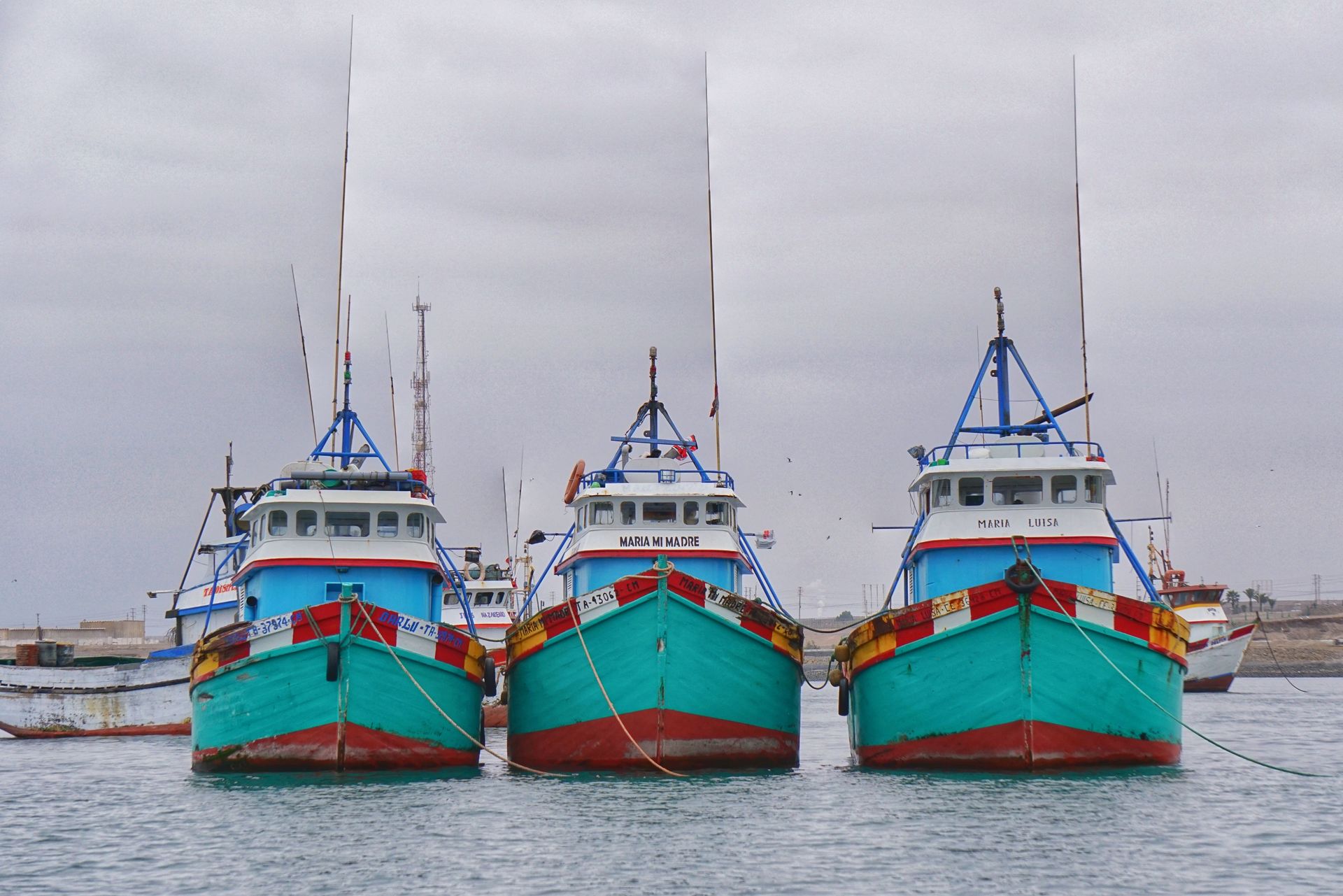

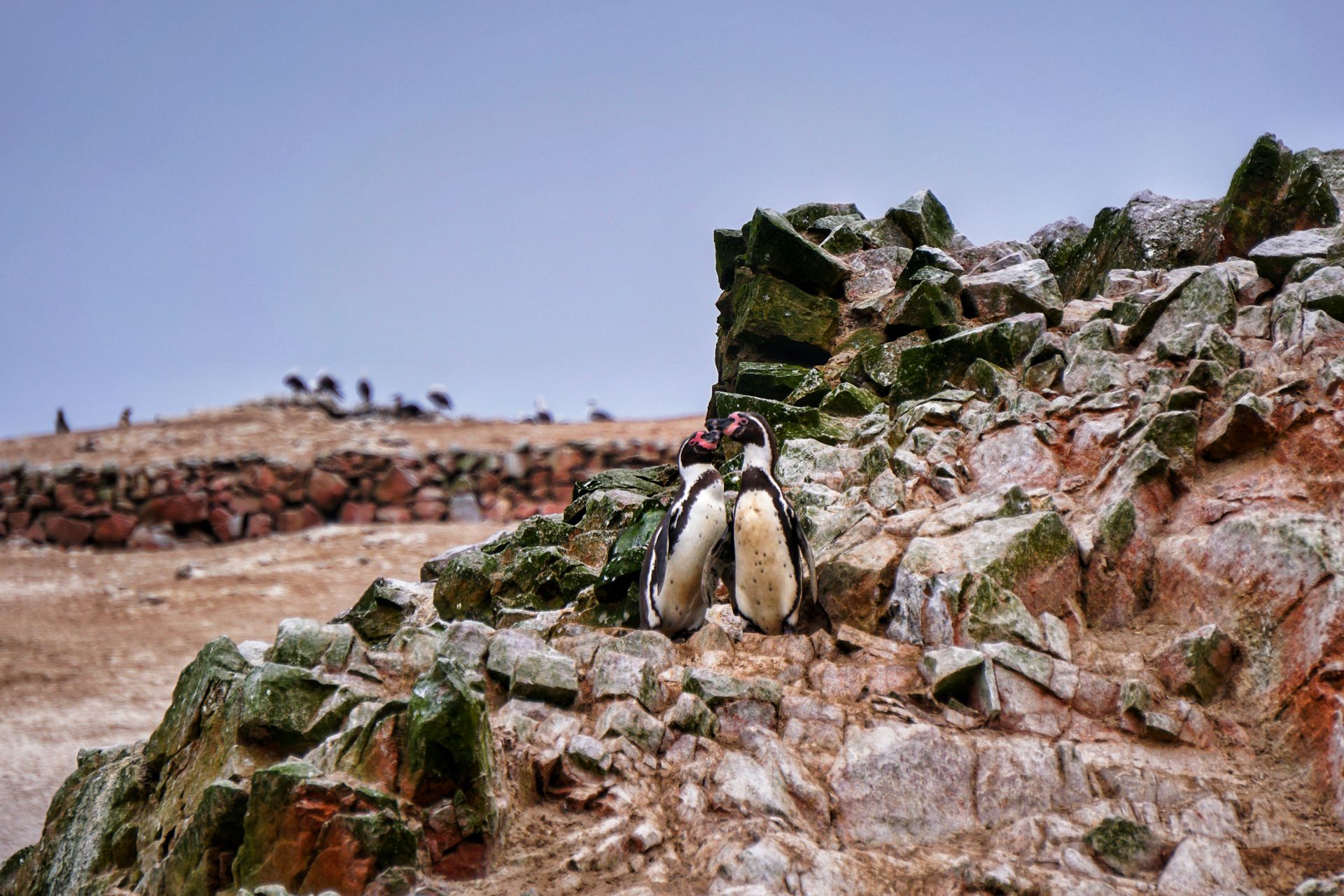
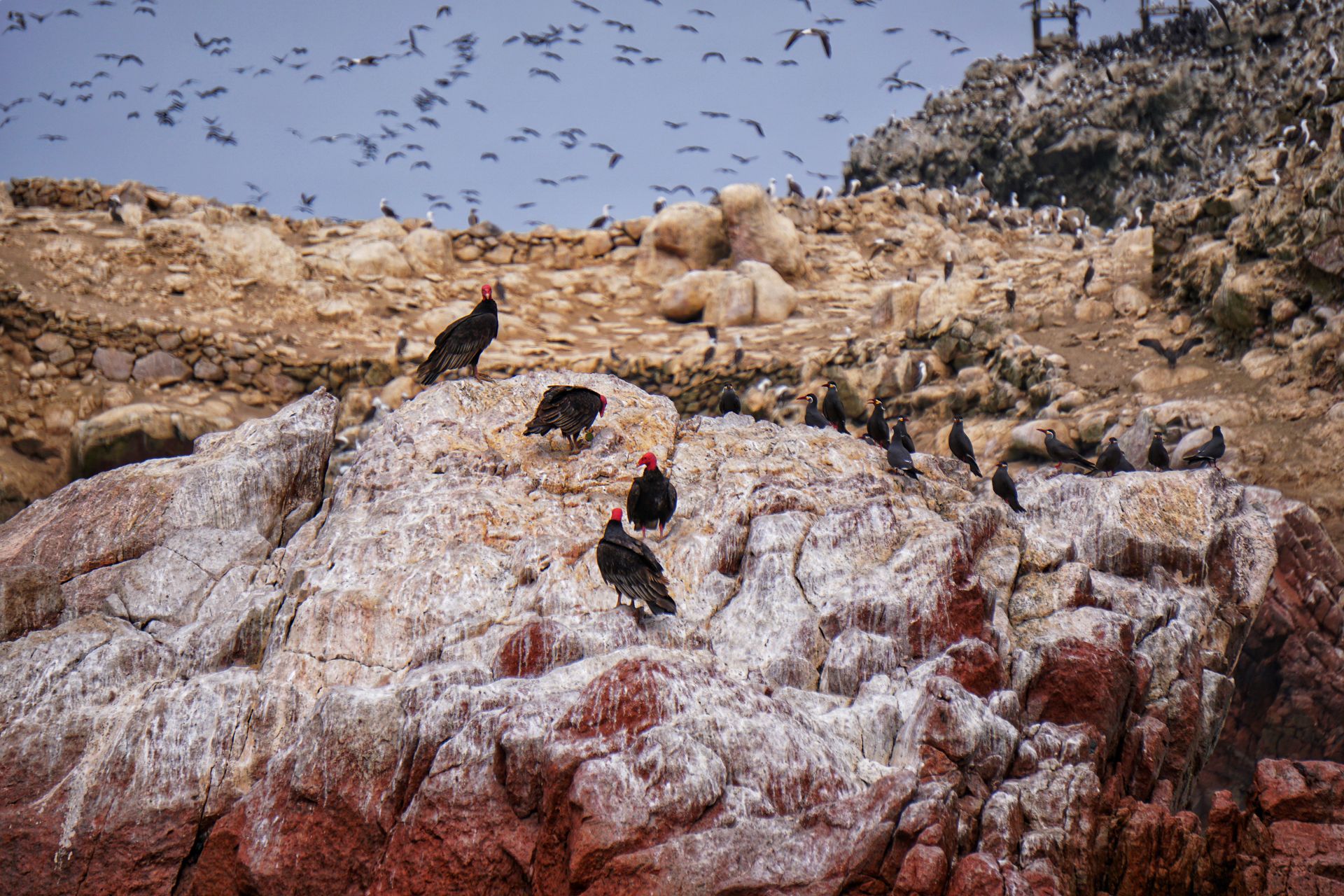

On the way back to the mainland, we also saw the ancient rock carving 'el candelabro' on the mountains of the Paracas Peninsula. The term 'carving' is rather inappropriate, as it was scratched 60cm deep into the stone. What exactly this figure is supposed to represent and why it exists is still unclear, but with its dimensions of 180m x 70m, it was hard to miss.
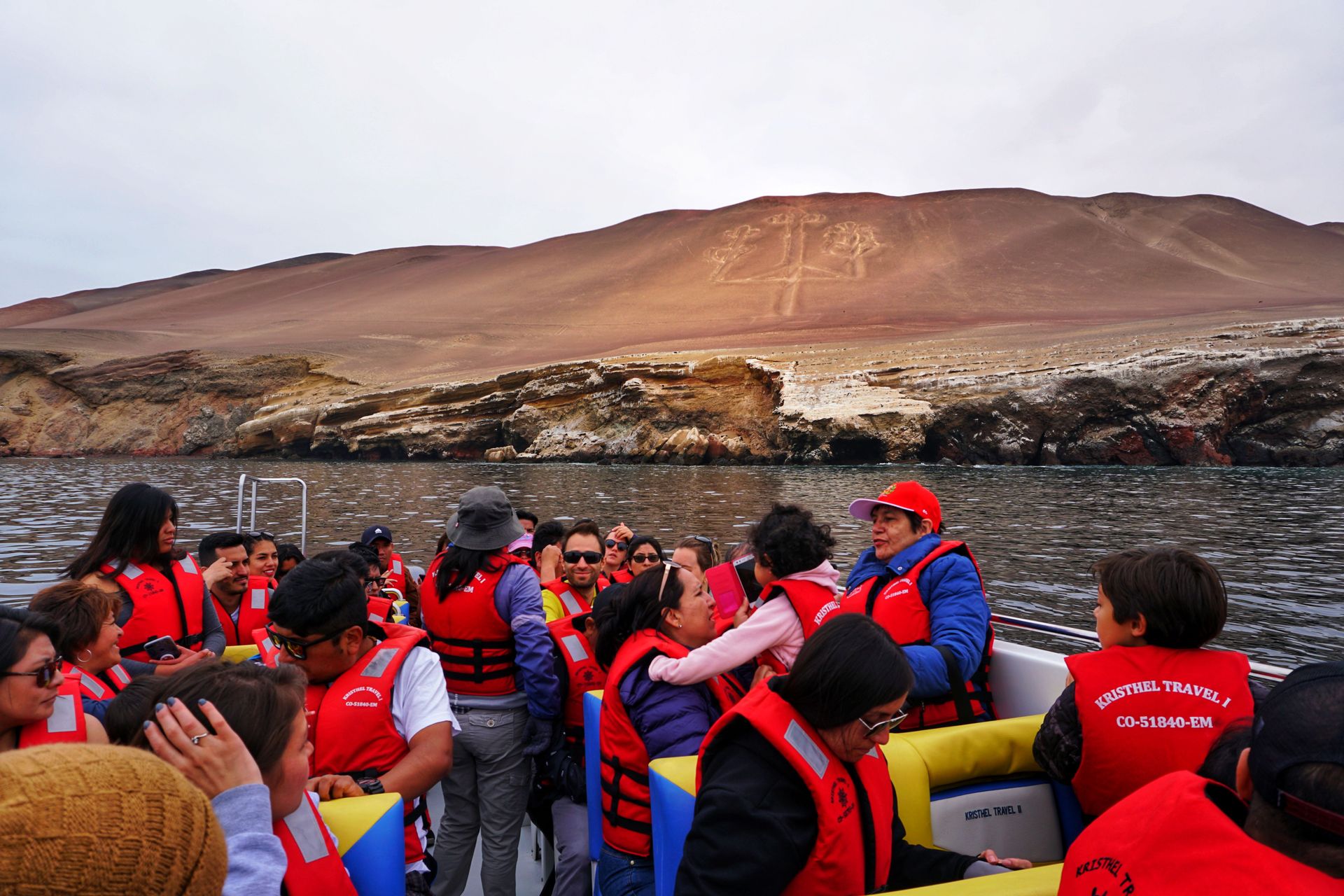
Back on land, we then headed to the Paracas Peninsula itself to admire the vastness of the desert right by the Pacific Ocean. Along the way, we found fossils that proved that the sea level once stood much higher and covered the desert on this island, and we found ourselves on endless beaches.

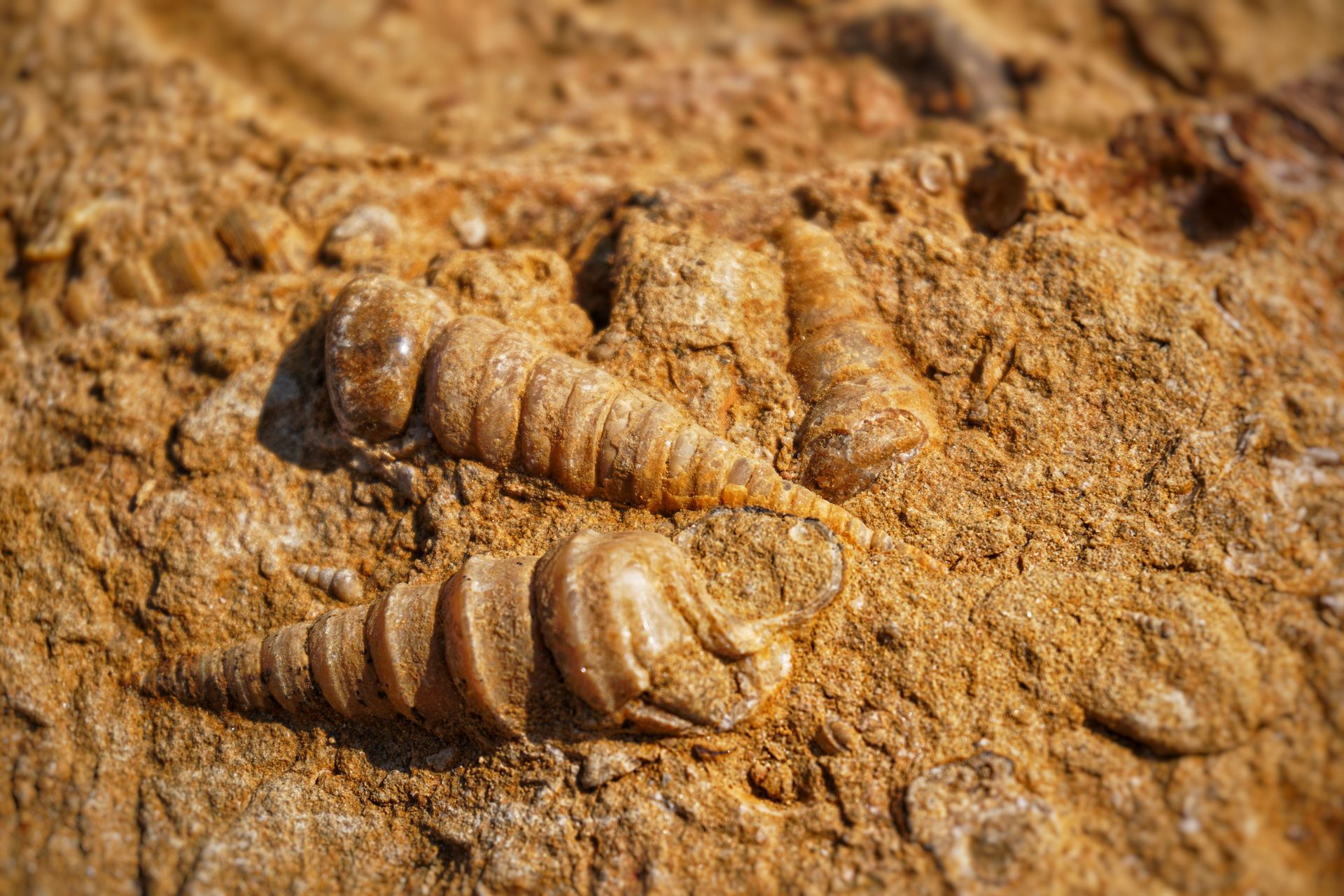
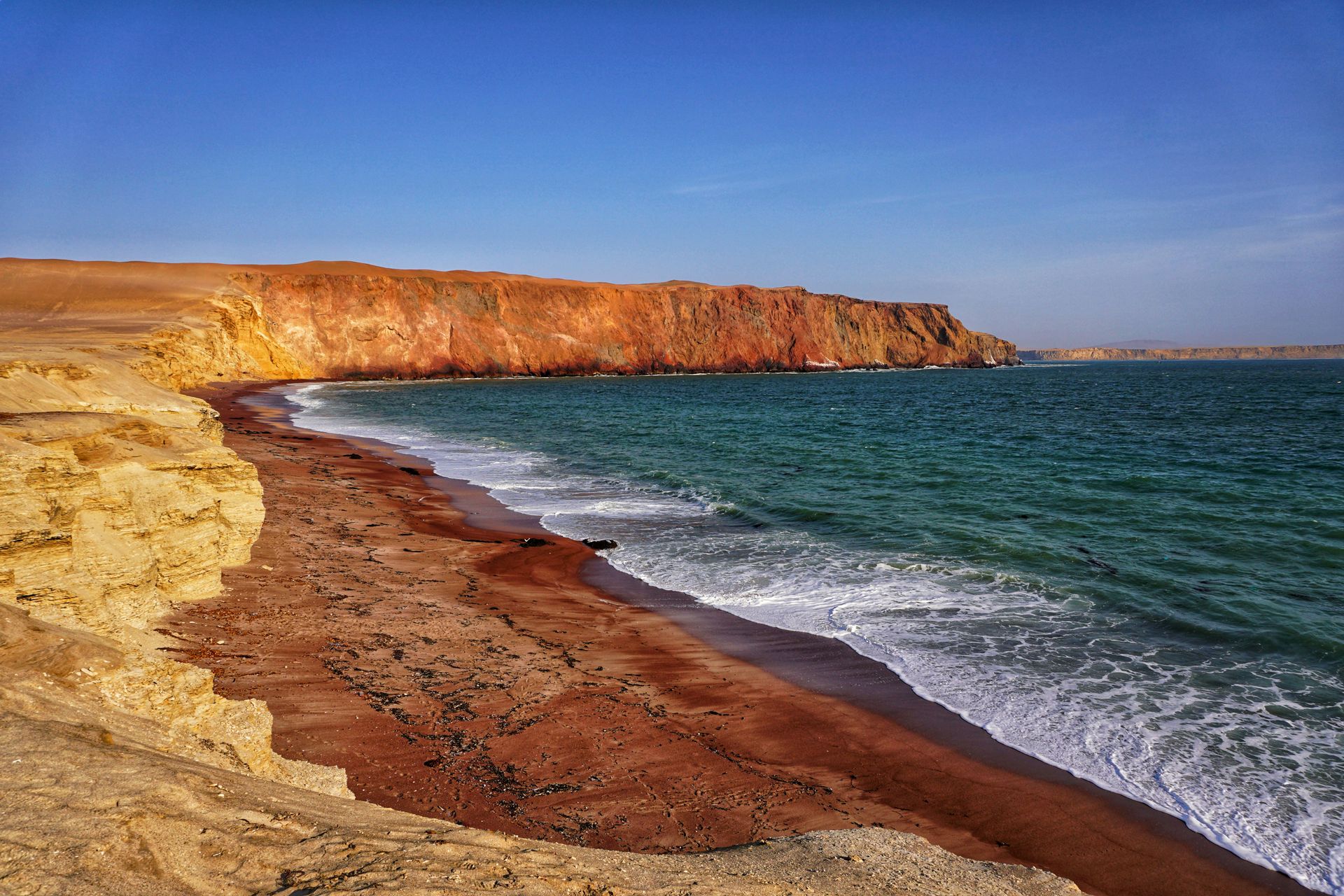
We continued south, inland to the ever hot desert city of Ica with its adjacent oasis Huacachina, located in the middle of South America's highest sand dunes. As if we hadn't experienced enough desert and heat on the way, we were still very excited about hiking on the dunes. The sunsets in such an environment, far away from all people and noises (by the way, Peru is the loudest country we have traveled to so far), must be experienced. And it's also a lot of fun to run up and down the dunes!

The oasis Huacachina itself is more of a tourist trap, but it had a nice restaurant with a rooftop terrace waiting for us after a strenuous day in the dunes. However, it's best to avoid the lake in the oasis after smelling it.


Our further journey took us past Nasca, a place that gained fame through a German woman. Starting around 1945, she painstakingly excavated the dusty Nasca Lines, which are a collection of enormous etchings in the desert floor depicting various animals and plants. To this day, it is still unclear who scratched these lines into the desert floor and why. Apparently, there were once very ambitious painters in Peru who took advantage of nature for their art ;)
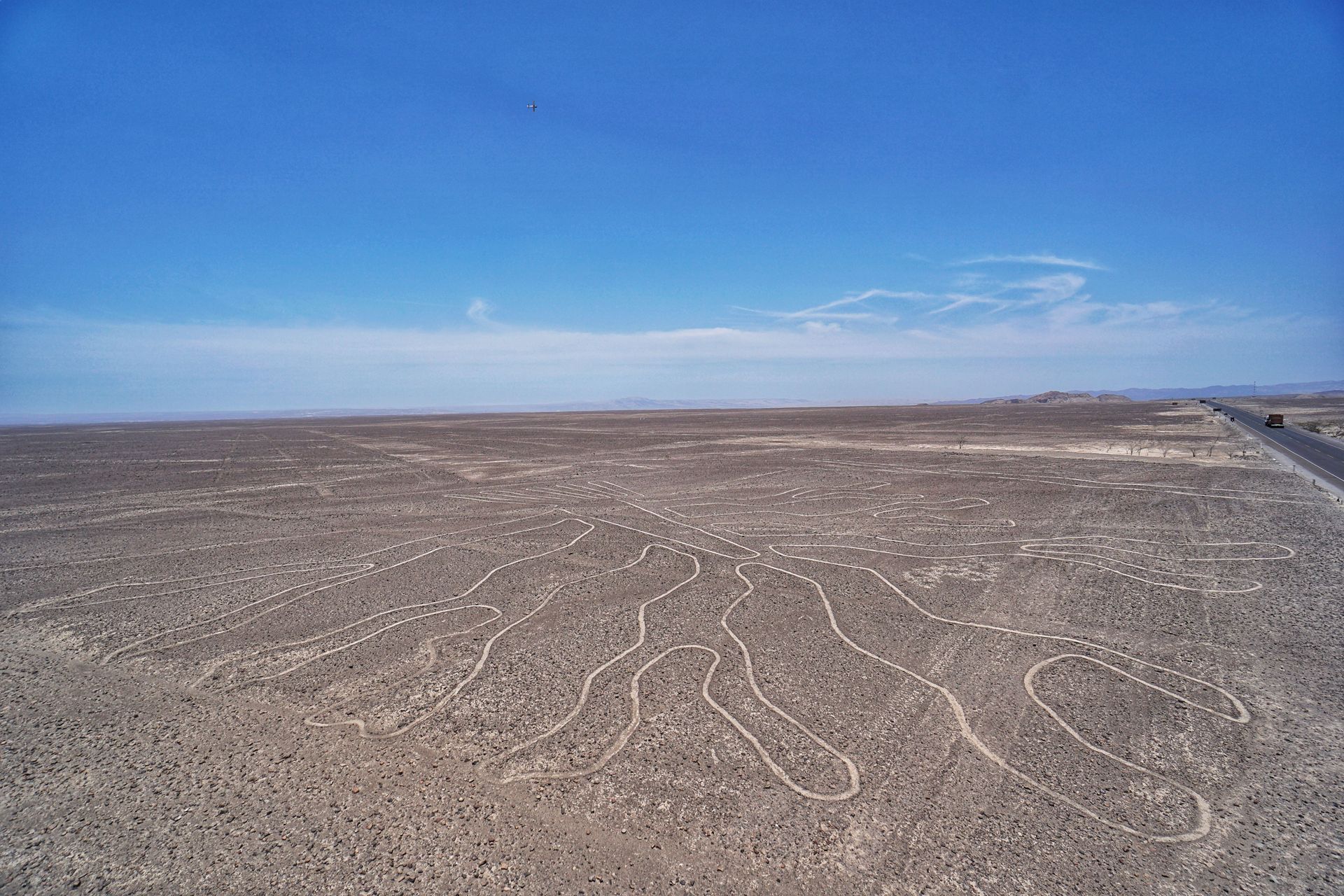
We also took a little detour to the Inca cemetery 'Chauchilla.' It houses several Inca tombs that were looted by locals due to their gold as grave goods, revealing the eerie remains of the deceased Incas. Now accessible to tourists, the sight of the mortal remains captivates every visitor. To consider the faint-hearted, we have chosen the harmless photos.
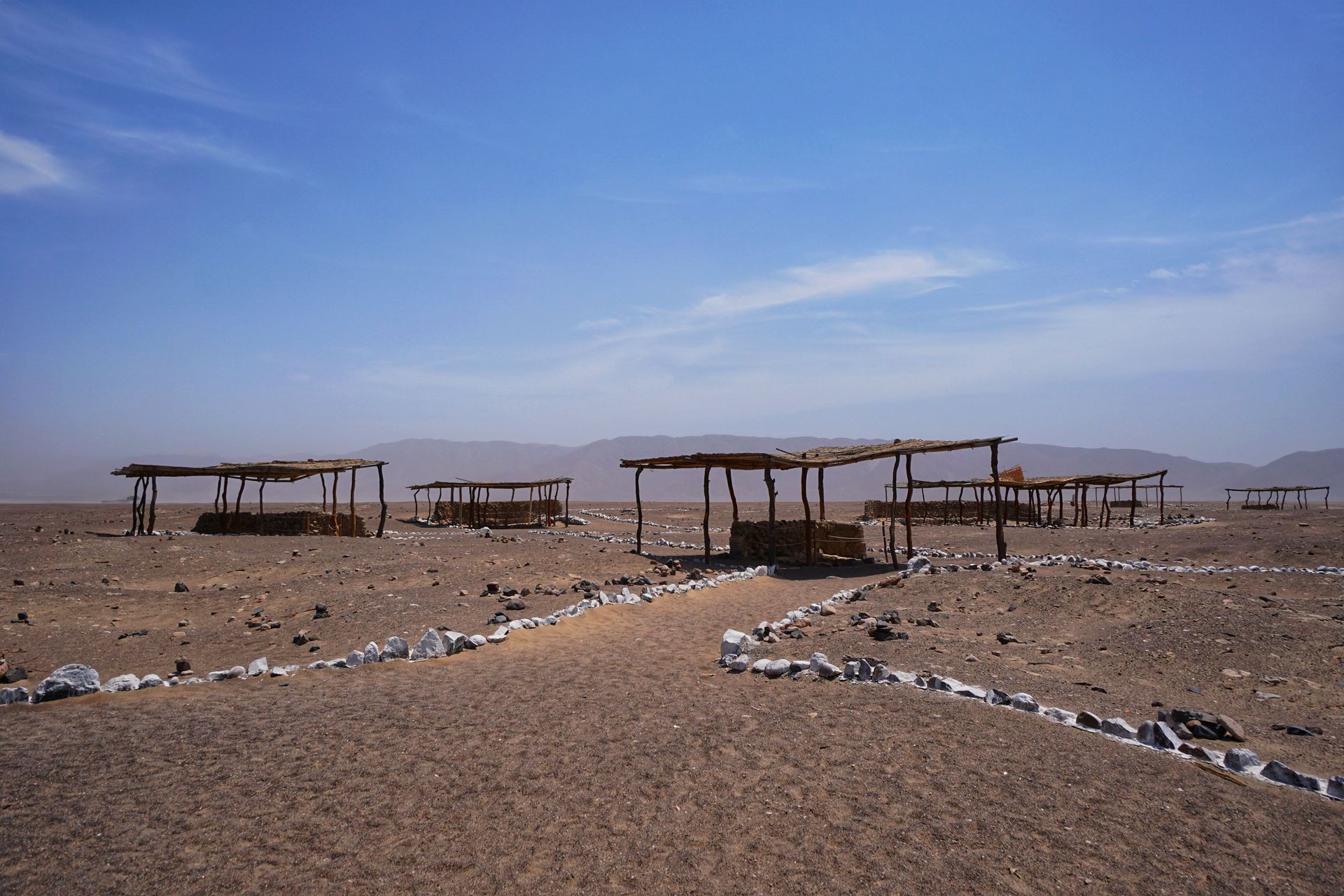

On our further drive to Arequipa, we had to cover a lot of distance. Unfortunately, our time in Peru is limited and the country is unexpectedly large. Add to that the fact that you can almost never drive faster than 50km/h and if a truck in front of you is climbing the narrow cliff roads at a snail's pace, only the daring Peruvians dare to overtake. Honestly, we have never seen such overtaking maneuvers like here because regardless of curves, crests, dense fog, steep cliffs, or a whole convoy of trucks in front of you, Peruvians always seem to be in such a hurry that they MUST overtake. Even 'Fast and Furious' is harmless in comparison.
So after driving about 1,000km through endless desert from Lima, passing many neglected places, but also some unforgettable sights, we arrived safely in the inland city of Arequipa. And Arequipa was a blessing because it is probably the most beautiful city in Peru, with its wonderful location between volcanoes approximately 6,000m high and its old town.
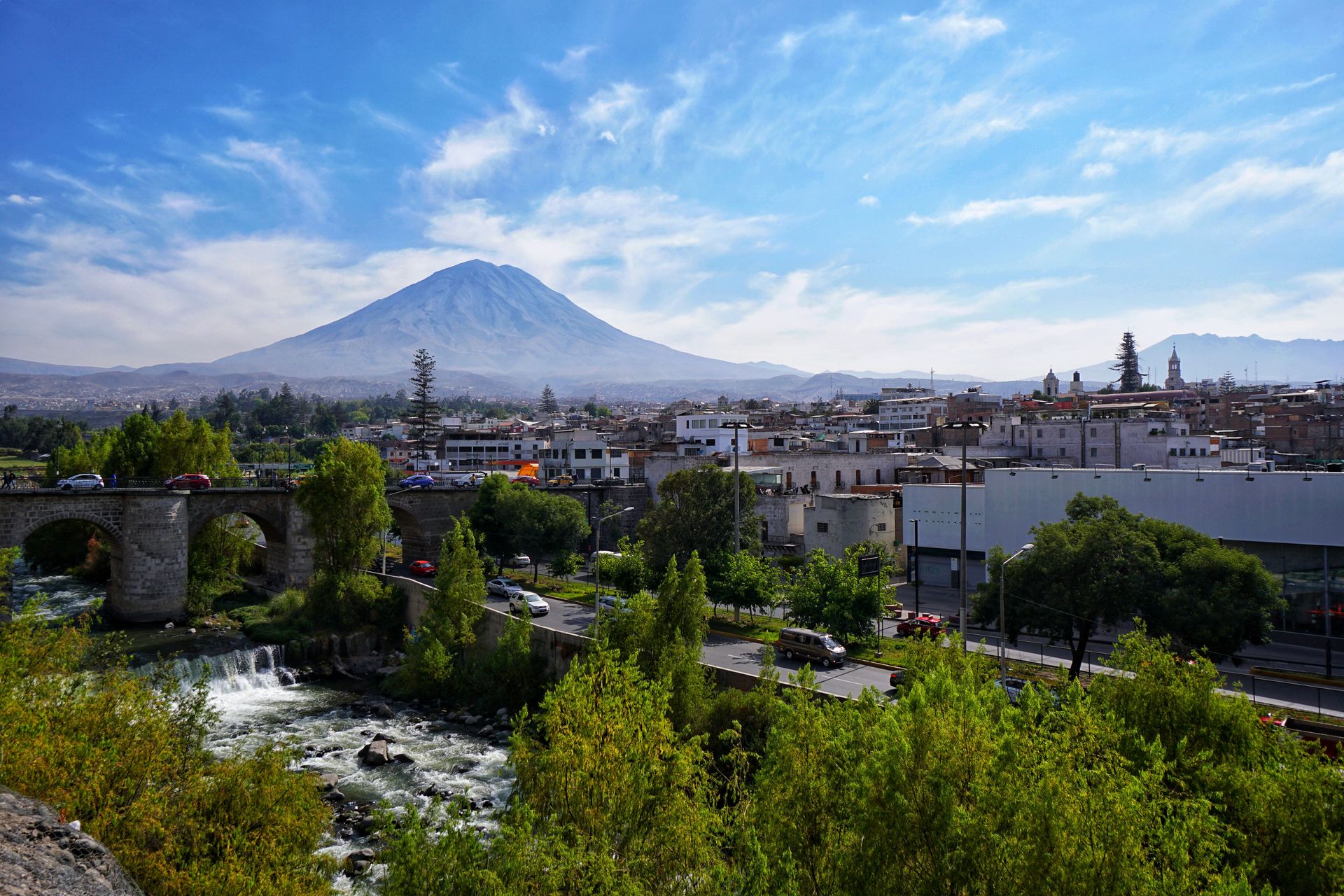
The old town was built by the Spaniards during colonization and is still largely preserved today. One might think that the Peruvians don't associate anything good with the city because of this history, but the opposite is true: Arequipeños are very proud of their city and their prosperity, which they have achieved mainly through trade. So, for a change, we also experienced a clean city with roofs and stone walls, where you can admire churches and beautiful restaurants. Our first warm meal since the start of our Peru trip tasted even better. But don't worry, we don't just eat porridge, as there is none here.
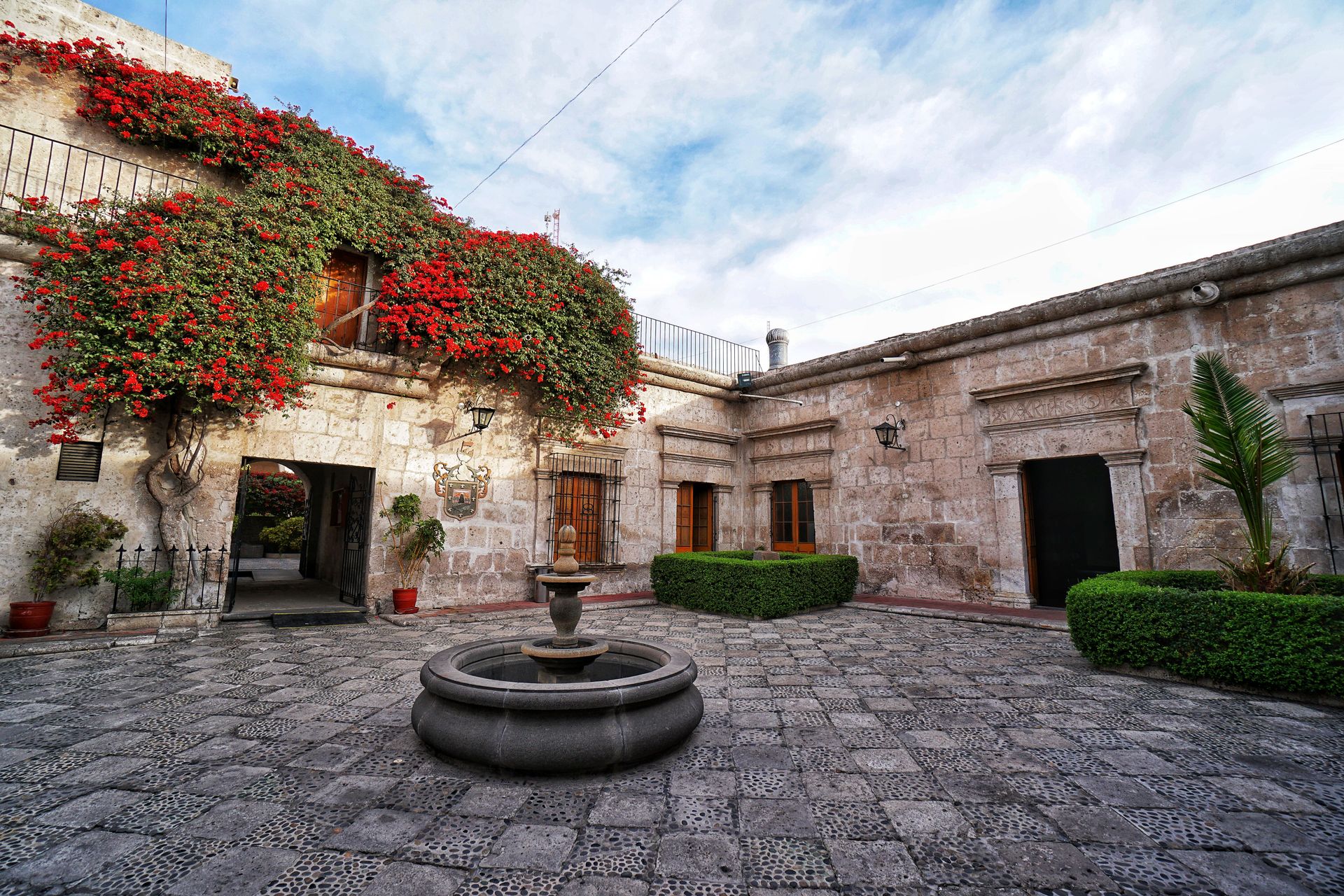
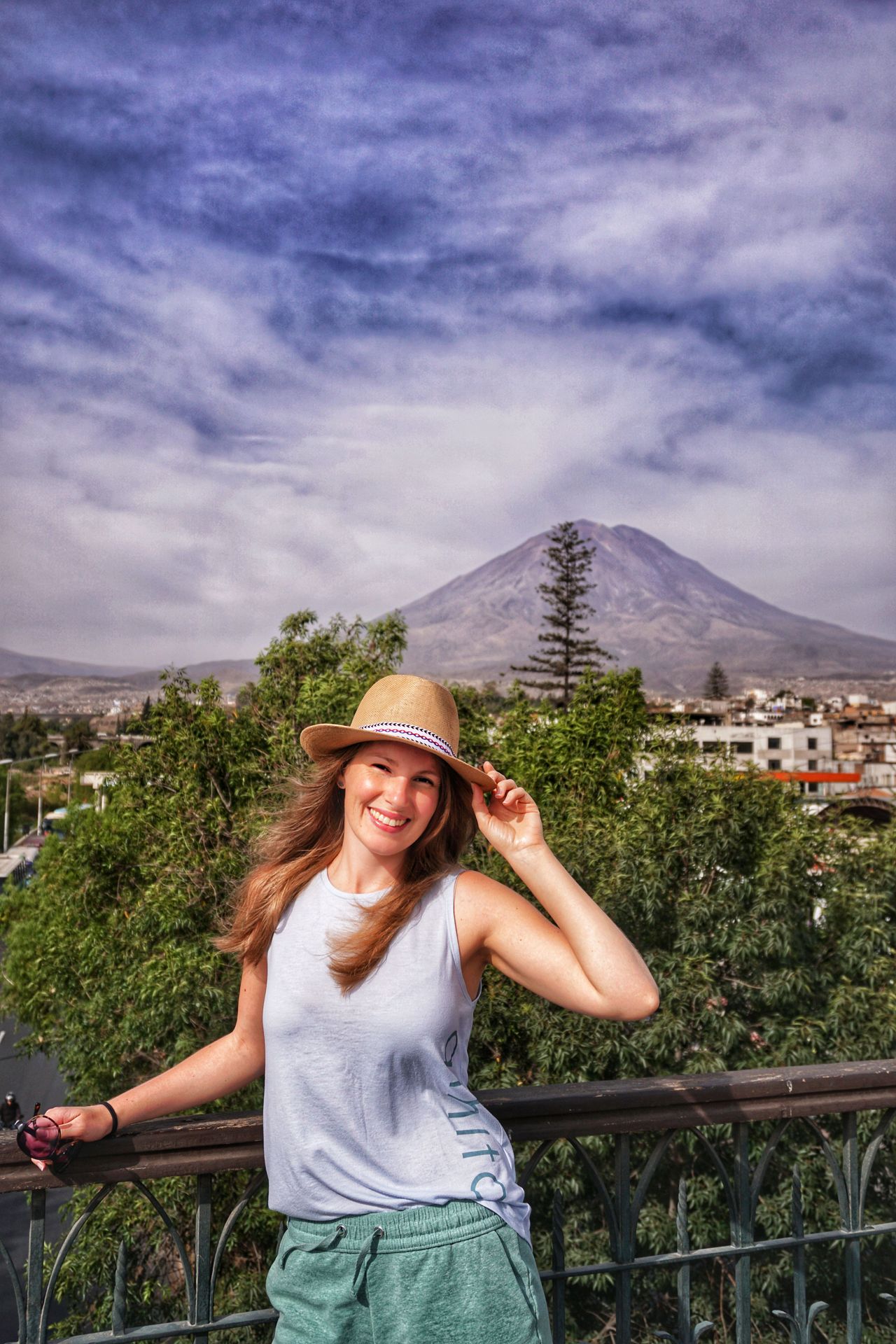


Song of the roadtrip: Feel good - ILLENIUM, Gryffin
Subscríbete ao Newsletter
Resposta (2)
Andrea
Hallo Nathalie und Jan, wisst ihr eigentlich, dass ich 3 Monate in Arequipa gelebt habe, und dort bei der Cervecera Arequipena gearbeitet habe? Ein Praktikum. Mein Gehalt: 1 Kiste Bier jede Woche. Liebe Gruesse von AndreaNatalie
Das ist ja cool, nein das wussten wir nicht. Aber das Gehalt gefällt mir, ich habe schon für weniger gearbeitet ;) 
Informes de viaxes Perú
